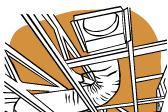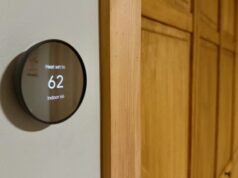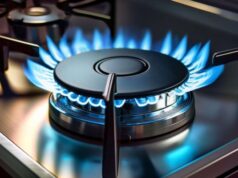
Poor ventilation and ducting not only cause heaters to be inefficient, but are also hazardous. Find out what regulations apply to ducting and ventilation in Australia.

The use of heaters in a home is tightly regulated and requires compliance with Australian Standards to ensure your safety and the safety of your neighbours. Flue or chimneys must also be appropriate for the size of the heater or fireplace, and they need to be tightly sealed to prevent excess smoke from escaping back into your home.
Venting wood heaters
Every wood heater made since 1992 must comply with AS/NZS 4013 to ensure that smoke emissions are within a reasonable and safe limit. In practical terms, this means that your chimney or flue must clear your roofline by a minimum of 600mm, and it must be at least one metre taller than any neighbours within 15 metres of your property.
Venting gas
For portable gas heaters, inadequate ventilation will lead to a decrease in the amount of oxygen in a room, and a potentially lethal dose of carbon monoxide. Never use a portable unflued gas heater in a poorly ventilated room or for rooms where you sleep.
Most states in Australia have regulations regarding the installation of unflued gas heaters, so it is important to check with your state regulatory body before purchasing one.
Duct size
Ducting for central heating systems often runs through your ceiling cavity. As a result it needs to adhere to Building Code of Australia (BCA) requirements, which say there needs to be a clearance of 400mm between the ceiling and the duct.





